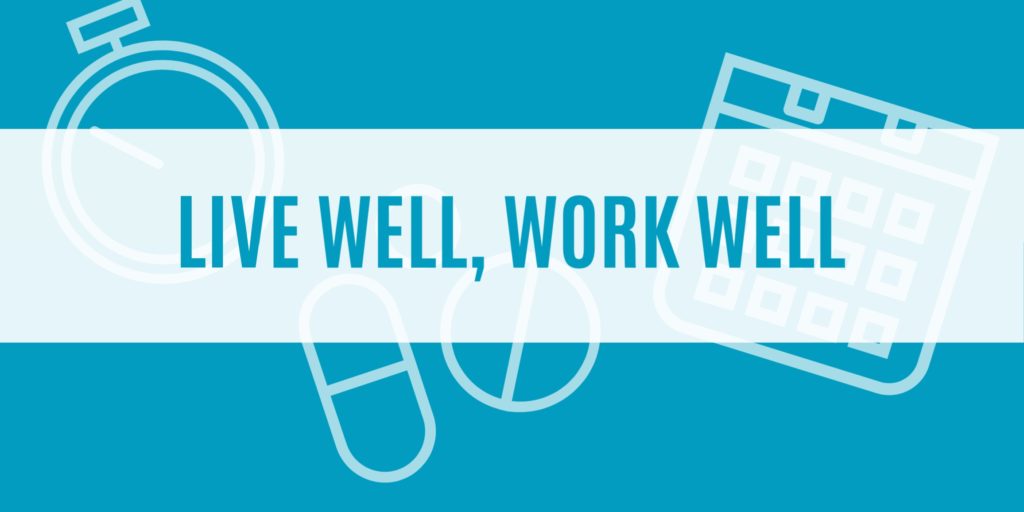29 Jul Bridging the Gap Between Remote and On-site Employees
 As we look into what the workplace will look like post-coronavirus, the reality for many employers may involve supporting a geographically distant workforce.
As we look into what the workplace will look like post-coronavirus, the reality for many employers may involve supporting a geographically distant workforce.
Some employees may be returning to an on-site work location, while others will be working remotely longer-term, or even permanently.
Teams comprised of both remote and on-site employees may not only be the current reality—but the new normal. The expansion of remote work affects each organization uniquely, and employers can consider what actions may help bridge the gap between all employees.
24 Jul HR Toolkit – Recruiting and Retaining Generation Z
Estimates show that by 2030, Generation Z could make up over half of the workforce. As more of Generation Z begins to enter the workforce, figuring out how to attract and retain them will be essential. This toolkit provides insight into the typical characteristics of Generation Z and outlines recruitment and retention strategies for employers […]


 On July 21, 2020, the National Labor Relations Board (NLRB) issued a decision that eases the way for employers to discipline or discharge an employee based on abusive or offensive conduct—such as racist or profane remarks— committed while the employee was also engaged in activities that are protected under the National Labor Relations Act (NLRA).
On July 21, 2020, the National Labor Relations Board (NLRB) issued a decision that eases the way for employers to discipline or discharge an employee based on abusive or offensive conduct—such as racist or profane remarks— committed while the employee was also engaged in activities that are protected under the National Labor Relations Act (NLRA). Even though the brain and the heart are located far from one another in the body, they are intrinsically connected and have a significant impact on how each other functions.
Even though the brain and the heart are located far from one another in the body, they are intrinsically connected and have a significant impact on how each other functions.